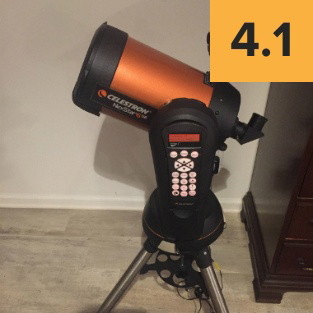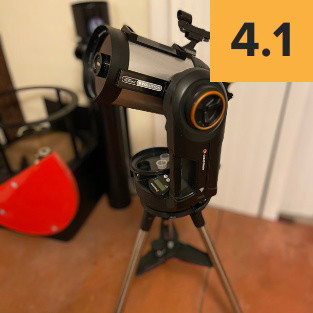Rank Category: Catadioptrics Between $2000 and $3000
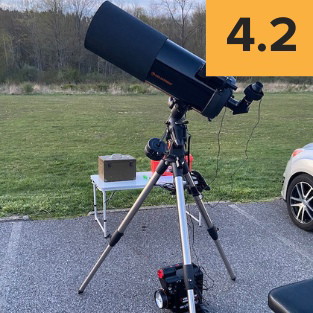
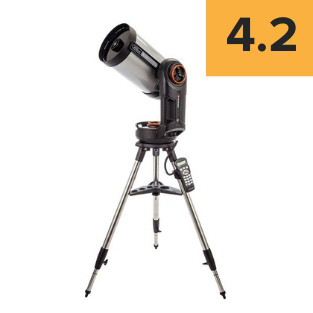
Rank Category: Catadioptrics Between $3000 and $6000
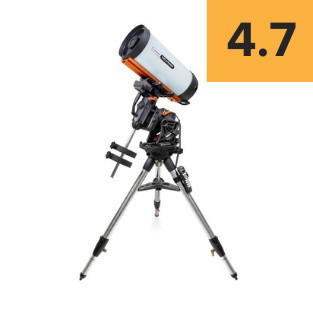
Rank & ratings last updated by Zane Landers on
Catadioptric telescopes are compact and fairly low-maintenance telescopes that we've seen being popular among visual observers and imagers alike, as well as being heavily marketed to beginner astronomers. While various catadioptric configurations exist, the only two common ones are Schmidt-Cassegrains and Maksutov-Cassegrains, both variants of the Cassegrain telescope.
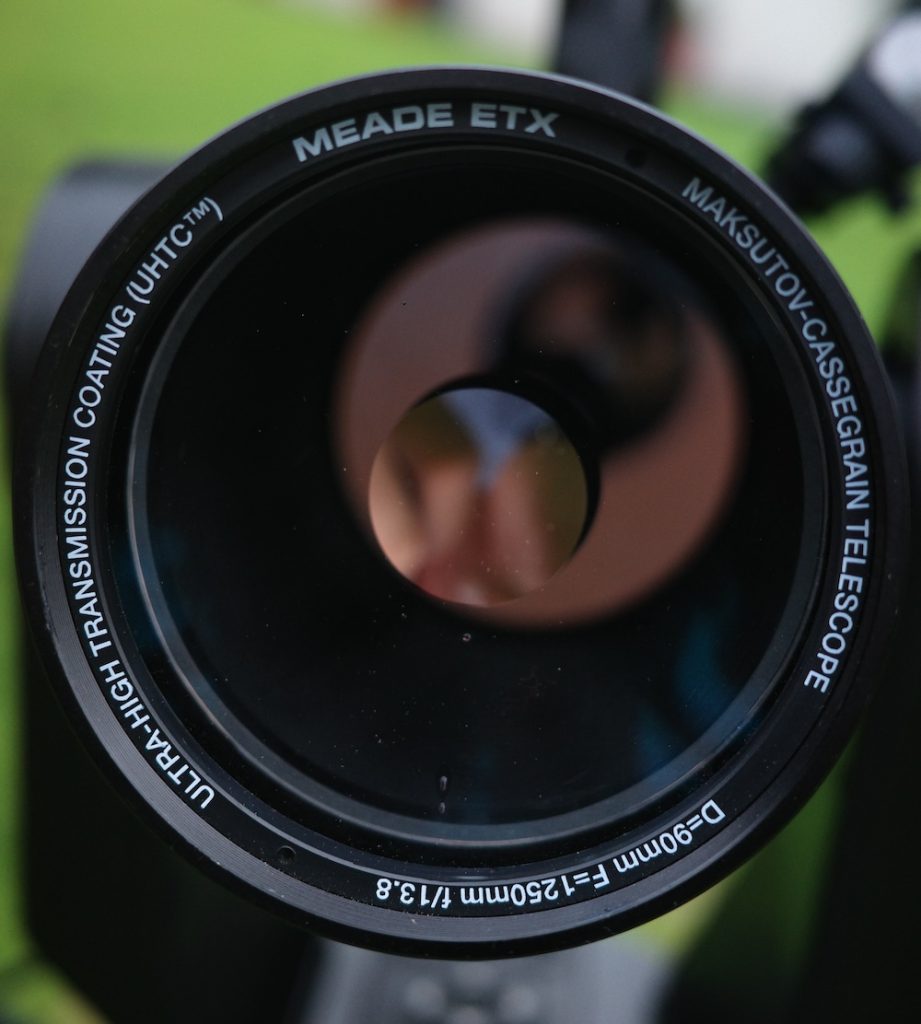
Cassegrain telescopes, including both Maksutov and Schmidt variants, use a concave primary mirror with a central hole and a convex secondary mirror, as shown in the diagram below. Both Maksutov and Schmidt-Cassegrain telescopes use spherical primary mirrors and approximately spherical secondary mirrors.
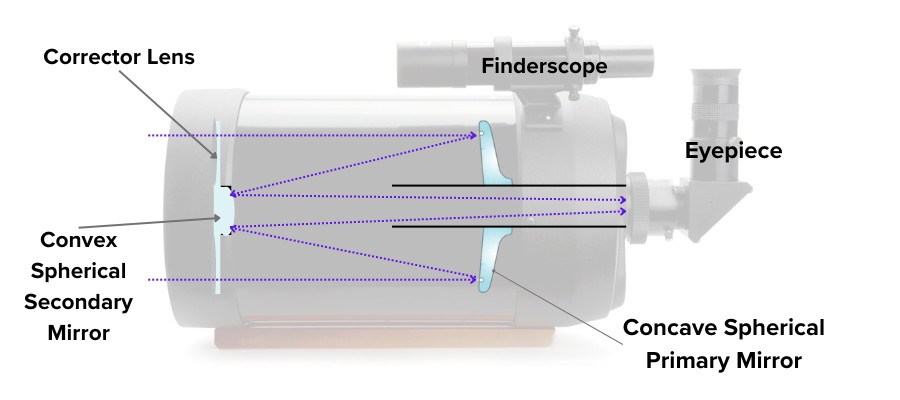
The secondary mirror “folds” or reflects the light path back towards the primary mirror. The focal point, where we place the eyepiece, is at the rear of the telescope, like in a refractor type of telescope. The corrector lens is used to fix the resulting aberrations of one or both mirrors being spherical in curvature. Spherical mirrors are still used because they are easier and cheaper to manufacture than a parabolic or hyperbolic mirror, but they induce massive aberrations that, without the correct lens, would've ruined the image.
Maksutov-Cassegrains, also referred to simply as Maksutovs, Maks, or MCTs, use a thick meniscus corrector lens in the front. The secondary mirror on the front usually shares the spherical curvature of the corrector, simplifying manufacture.
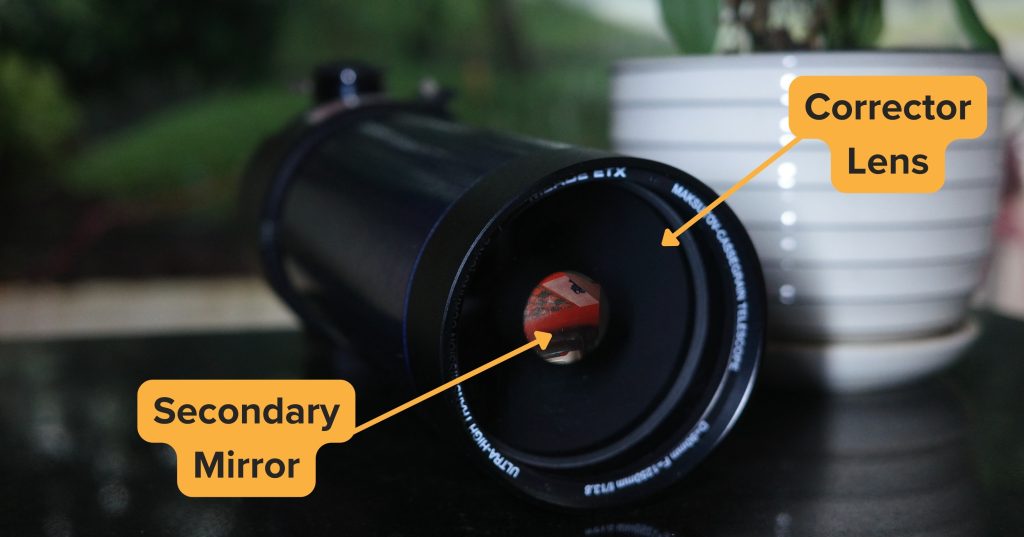
Related Product Guide: Best Maksutov-Cassegrain Telescopes
Schmidt-Cassegrains, usually abbreviated as SCTs, use a thin Schmidt corrector plate, which appears flat but actually has a complex curve. The secondary mirror is attached to a holder on the corrector, as seen in the picture below.
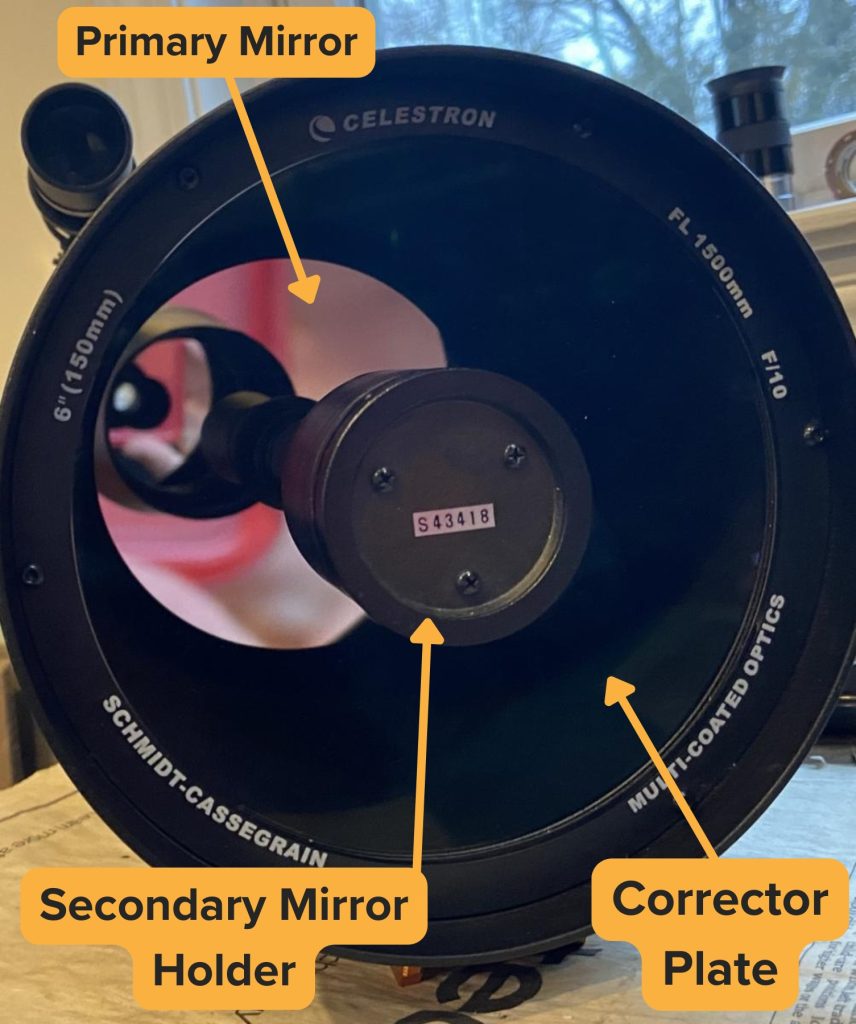
Related Product Guide: Best Schmidt-Cassegrain Telescopes
Maksutovs are easier to make to high standards of quality than Schmidt-Cassegrains. The built-in secondary mirror in Maksutovs is also smaller, reducing the overall light path obstruction, which allows for sharper and higher-contrast images. The Maksutov-Cassegrains' secondary mirror being integrated with the corrector also greatly reduces the need for collimation.
However, Maksutovs are impractical to manufacture in large sizes due to cost and performance reasons. I've even seen Maks above 5” in aperture sometimes having secondary mirrors separate from the corrector, known as Rutten-Maksutovs or RuMaks. The largest Maksutov-Cassegrains and Schmidt-Cassegrains ever built are both 22” in aperture. From what I came to know, the Celestron 22” Schmidt-Cassegrain was ostensibly a production unit, and a half dozen were made before the line was discontinued. The largest of either design we usually see is 16”.
The low-quality “Bird-Jones” telescope, a Newtonian with a small sub-aperture corrector in the focuser drawtube, is also technically a catadioptric. Other sub-aperture corrector designs such as these exist, though few are common or well-designed, as do a few other front corrector configurations like the Lurie-Houghton.
Though not all catadioptrics are necessarily of the Cassegrain, Maksutov, or Schmidt configuration, the following apply only to SCT and Maksutov telescopes, since those are the only ones readily available in most cases anyway.
SCTs and Maksutovs use a very stubby tube due to the folded configuration of the Cassegrain optical layout, usually no more than 2-2.5 times the diameter of the primary mirror in physical length.
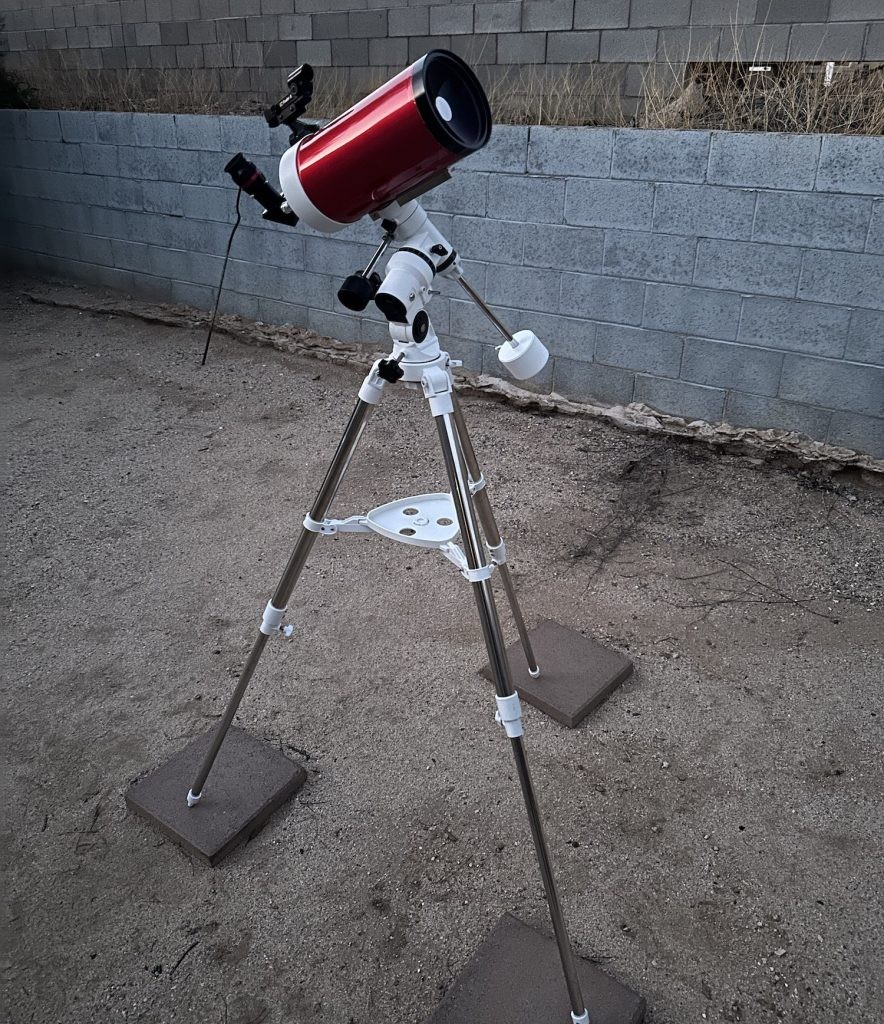
The sealed design of the optical tube keeps debris, airborne chemical contaminants, and other foreign objects out of Schmidt-Cassegrain and Maksutov-Cassegrain telescopes, meaning the mirror coatings are far less likely to corrode or even get dirty.
Because SCTs and Maksutovs have the secondary mirror attached to the corrector plate, no spider is needed to hold it in place. This means, unlike a conventional Newtonian or Cassegrain-type reflector, there are no diffraction spikes (bright, star-shaped patterns caused by light bending around the support structure holding the secondary mirror)
The stubby tubes and rigid hardware of SCTs and Maksutovs mean collimation (alignment of mirrors) is usually very steady.
While collimating an SCT or Maksutov isn’t as frequently required, we need to actually point the telescope at a bright star while making adjustments in order to do so. I've also seen many users make the mistake of adding thumb screws or other modifications that do little but make catadioptric telescopes shift in collimation more frequently.
SCTs and Maksutovs’ corrector lenses don’t produce any chromatic aberration (color fringing due to all colors of light failing to focus at the same point), as with a pure reflecting telescope. But we've noticed that some subaperture corrector lenses can still produce chromatic aberration.
SCTs are usually in the focal ratio range of f/8 to f/11, while Maksutovs are usually f/10 to f/16. Since, focal length = focal ratio x aperture, both SCTs and Maks have very long focal lengths as a result.
Longer focal length makes it easy to achieve high magnifications for lunar, planetary, and double star viewing without a fancy Barlow lens or ultra-short focal length eyepiece.
Magnification = Focal Length of Telescope / Focal Length of Eyepiece
Similarly, planetary imaging only requires a modest Barlow lens to achieve the required image scale. In its place, if we're using a f/4 to f/6 Newtonian, we might need a 5x Barlow or even stacking multiple Barlows.
The internal moving-mirror focus system used on almost all Schmidt-Cassegrain and Maksutov-Cassegrain telescopes has unlimited travel but can have the primary mirror rock back and forth on the rod it slides on as we focus. This can cause “image shift,” where the view appears to bounce at high magnifications. Image shift affects most catadioptric scopes, at least in a minor fashion.
“Mirror flop” happens when the primary mirror tilts slightly overtime, resulting in alignment issues, which ruin long exposure images. Many aplanatic SCTs designed for imaging have mirror locks to solve the mirror flop problem.
Compared to a Newtonian reflector, an SCT or Maksutov-Cassegrain requires more time to cool down due to the large secondary mirror (they're even larger than that of a Newtonian reflector of the same aperture) also needing to cool down and the corrector plate trapping warm air inside the tube.
Maksutovs don’t have the mass of the secondary mirror to contend with, but instead, the thick corrector can completely trap warm air, requiring some sort of active ventilation system with 7” and larger apertures. I've personally witnessed it ruining the performance of most larger Maksutov scopes even with countermeasures.
The large secondary mirror in the catadioptric obstructing the primary mirror has a negligible effect on light-gathering power but can reduce contrast at the eyepiece by essentially smearing the image slightly.
Central obstructions over 30% are noticeably detrimental to the image contrast, particularly with smaller telescopes. A central obstruction above 40% with telescopes like the Celestron C5 SCT essentially ruins high-resolution planetary viewing (C5, as we've tested, is ironically capable of little else owing to its small aperture and limited field of view).
The several-meter-long focal length of SCTs and Maksutovs means we get a narrower field of view with any given eyepiece.
Additionally, we've experienced that 8” and smaller catadioptric scopes typically don’t illuminate the field of view of the widest possible 2” eyepieces and some cameras, even if they technically allow the attachment of 2” eyepieces/camera, further limiting the field of view possible with such telescopes.
Larger catadioptrics still don't allow us to use a 2” eyepiece and a focal reducer without vignetting, which means that the field of view is always cramped.
The long focal lengths of SCTs and Maksutovs place an incredibly high demand on tracking/guiding requirements for deep-sky astrophotography, while the slow focal ratio prohibits imaging without an extremely long exposure time.
Dedicated focal reducers are practically mandatory for imaging nebulae, galaxies, and star clusters with an SCT, while there are only limited options for Mak-targeted focal reducers.
Make no mistake—all Maksutov telescopes available in this price range are tiny scopes with few capabilities. They are only going to work well, if at all, on the brightest targets, i.e., for a quick peek at the Moon or Jupiter. They are of little practical use on most targets that actually require any light gathering or resolving power (which includes most deep sky objects). With its limited field of view and light-gathering capability, we couldn't observe fainter objects at all, and the brighter star clusters simply don’t fit in these scopes' small field of view. But still, for the money, we believe these are a nice catch. I even keep a Sarblue 70 with me on the doorway for quick glances.
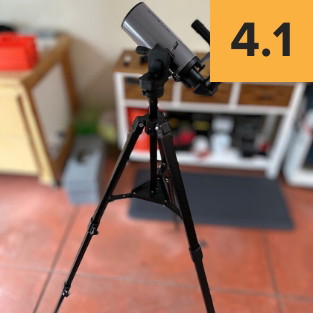
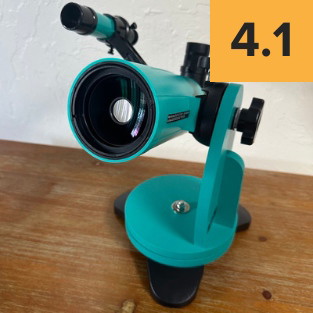
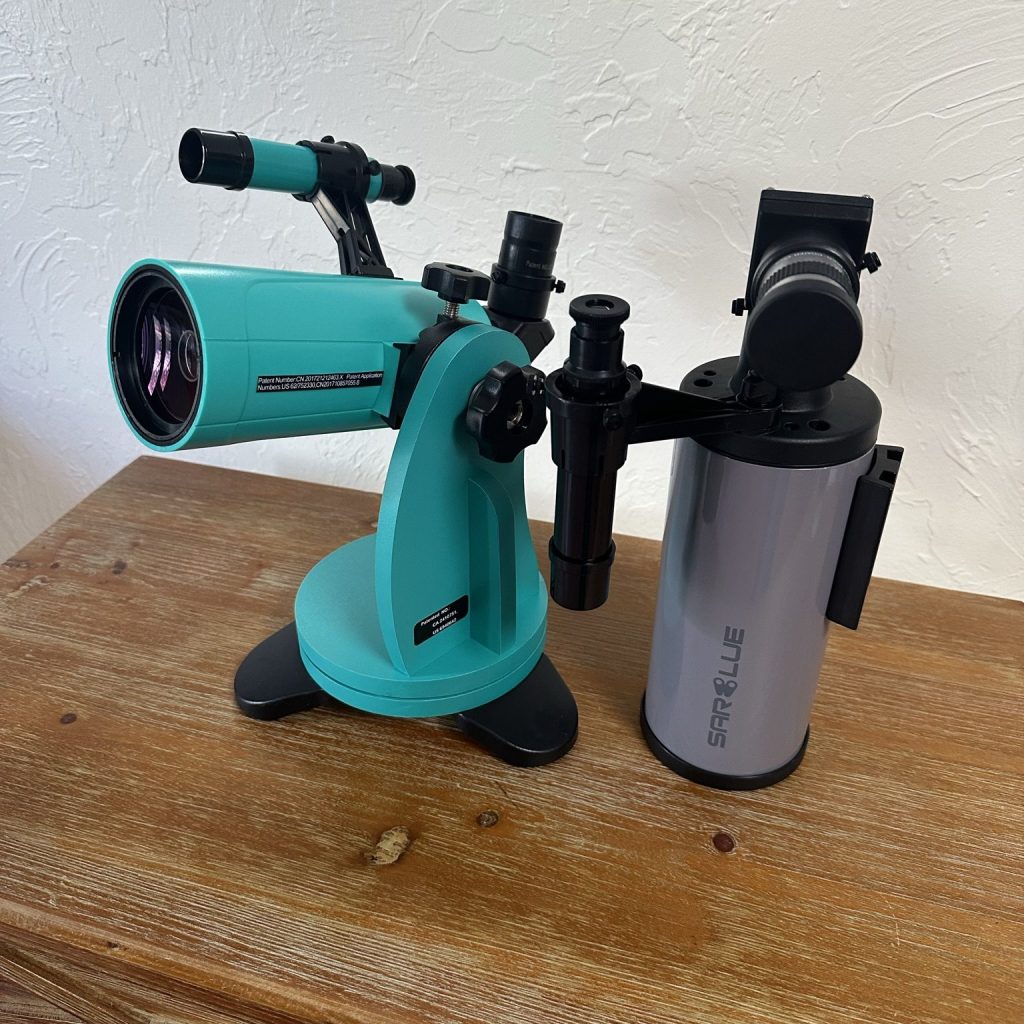
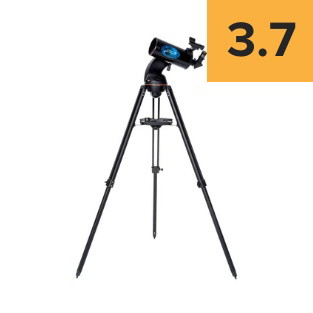
127mm (5") aperture provides significantly better performance than smaller apertures, allowing for excellent views of the Moon, planets, double stars, and the brightest deep-sky objects.
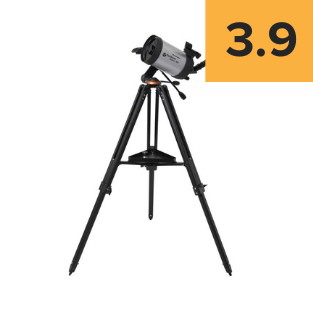
6" aperture options open up in this price range. With 6”, we can observe a fair amount of deep-sky objects and see details such as dust lanes in galaxies and individual stars in globular clusters, where smaller aperture scopes fall short in capability.
